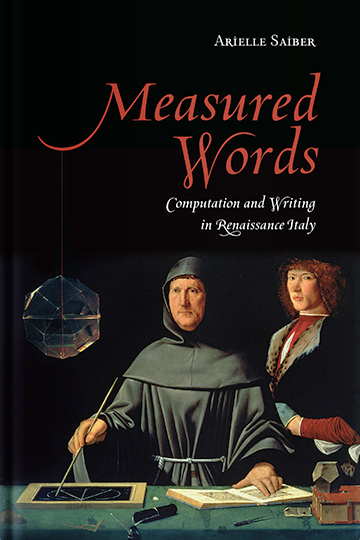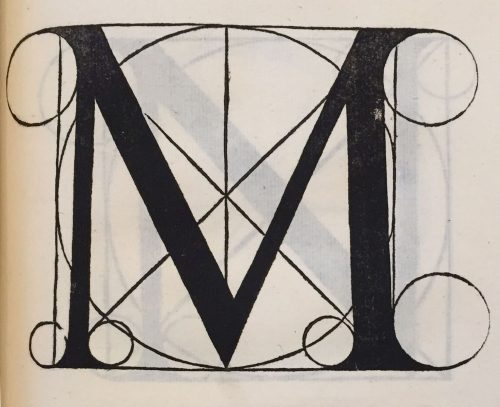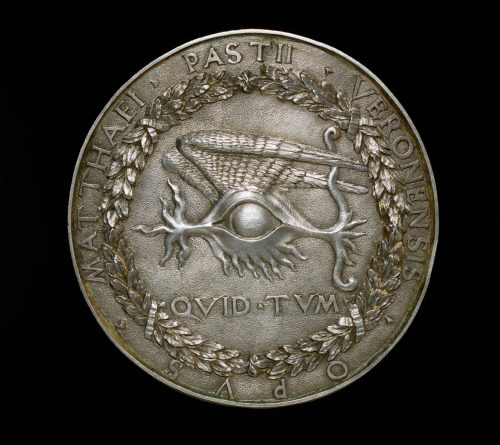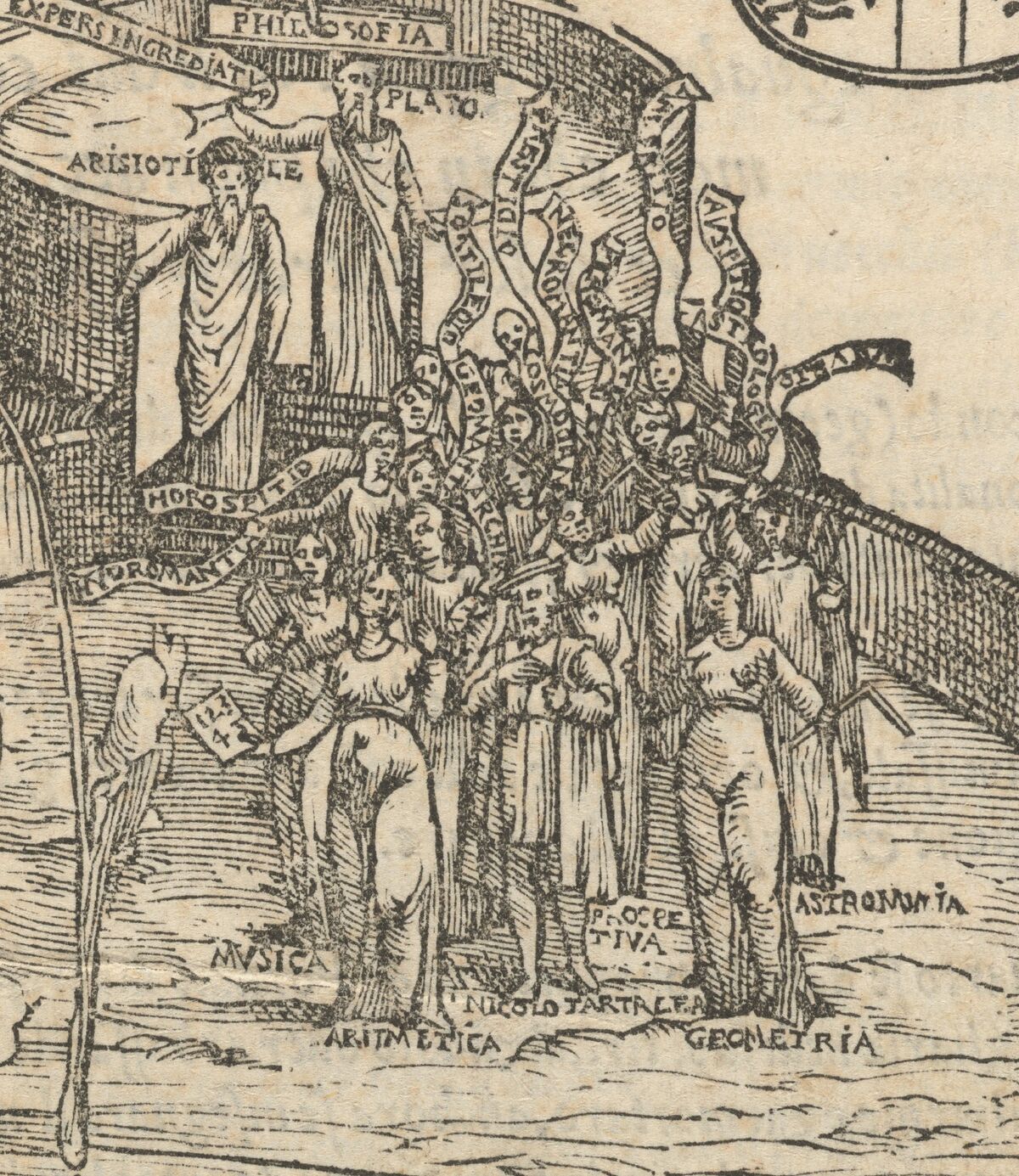Measured Words: Computation and Writing in Renaissance Italy
By Tom Porter
Everyone knows that computers didn’t come along until the second half of the last century, right? Well, maybe not. “There were computers in Renaissance Italy,” writes Professor of Romance Languages and Literatures Arielle Saiber in the introduction to her latest book, Measured Words: Computation and Writing in Renaissance Italy (University of Toronto Press, 2017). These “excellent and varied computers,” she explains, “were the people who calculated quantities, formulated algorithms, proposed new mathematical objects and equations, tested proofs.”
Saiber, whose book won the Modern Language Association Scaglione Publication Award and Weiss-Brown Publication Award from the Newberry Library, chose to profile four of these “computer writers,” scholars whose works span a century and a half and who “embody the period’s spirit of interdisciplinary exchange.” These “Renaissance men” (in the truest sense of the expression) are Leon Battista Alberti (1404-1472), Luca Pacioli (1445-1517), Niccolò Tartaglia (c.1499-1557), and Giambattista Della Porta (1535-1615). With the emergence of the printing press in the fifteenth century, the outpouring of scholarship during this era led to what Saiber calls “an information explosion much like the end of the twentieth and the beginning of the twenty-first centuries.”
“I chose these four writers because I thought they provided really interesting examples of the conversation between mathematics and literature,” said Saiber in an interview. “During the period in question, Italy was the center for both mathematical study and the humanist movement, the latter being responsible for the recovery and translation of numerous ancient Greek texts into Latin, and the rediscovery of important Latin works from the classical period. Many questions were also being asked about language itself: How do we write? What do we say? What language should we use?”

The Latin language was still very much the language of scholarly writing, government and legal documents, and the church, said Saiber, but there was also a growing contingency of writers using their local Italian dialect. “The great Dante, Petrarch, and Bocaccio wrote works in Florentine Italian, as well as Latin, in an effort to reach people who did not speak or understand Latin.”
Of the four writers profiled by Saiber, two of them wrote primarily in Latin – Alberti and Della Porta (who chronologically are the first and last in her book) – while the middle two writers wrote mainly in the vernacular. “Pacioli and Tartaglia were teachers and both could speak and write Latin, but, being from a lower social class than the other two, they had less training in it and preferred to communicate in their Italian tongue (Pacioli was Tuscan while Tartaglia was from the Venetian Republic.)

Measured Words consists of four chapters, each looking at an example of writing from one of the scholars. The first looks at Alberti’s use of cryptography. “The system he used for encoding text,” said Saiber “was so advanced, it was 400 years before a better one came along.” He wrote on a wide variety of subjects, she explained, including painting, architecture, sculpture, the hardships of religious life, how to run a family, and moral philosophy, as well as literary works of satire, but it was Alberti’s curiosity about grammar, statistics, and combinatorics that led him toward cryptography.
The second chapter deals with Pacioli’s dedication to geometric ideals in designing the letters of the Roman alphabet. He painstakingly figured out what he regarded as their “divine proportions,” ending up with a style that likely inspired today’s Times New Roman font and offered the 1971-2016 logo for New York’s Metropolitan Museum of Art. “For Pacioli, mathematics was the foundation for all the human arts and sciences,” Saiber writes, “and on its foundations was laid the path towards understanding the divine; mathematics even guided language itself.”

Chapter three details how Tartaglia discovered a way to solve cubic equations and how he then embedded the solution in a poem, in part, it seems, to delay a rival mathematician from understanding his method. The fourth chapter analyzes Della Porta’s treatise, The Elements of Curves – a curious work, said Saiber, which is as much theatrics as it is geometry. Della Porta, a playwright and natural philosopher from Naples, created what Saiber describes as “a bizarre text with no connection to the mathematical discourse of its time... Hidden within it is a comedy of errors, colorful coinages, and sensational pronouncements, not unlike a play he might have written for the Neapolitan stage.”
Saiber said her ultimate aim in writing the book was to present four of the best examples of interdisciplinary work. “They were working in an environment in which people were openly sharing ideas and expertise across all topics and areas of study to lead to the creation of something new.” And it’s a concept that remains just as fresh several centuries later, she added. “Scholarship can benefit immensely when one or multiple disciplines are used to inform another. This was something the computer-writers of the Renaissance understood perfectly.”